With his extensive list of Nazi criminals, Simon Wiesenthal made sure that all who had wronged him and his fellow Jews during the Holocaust got what was coming to them.
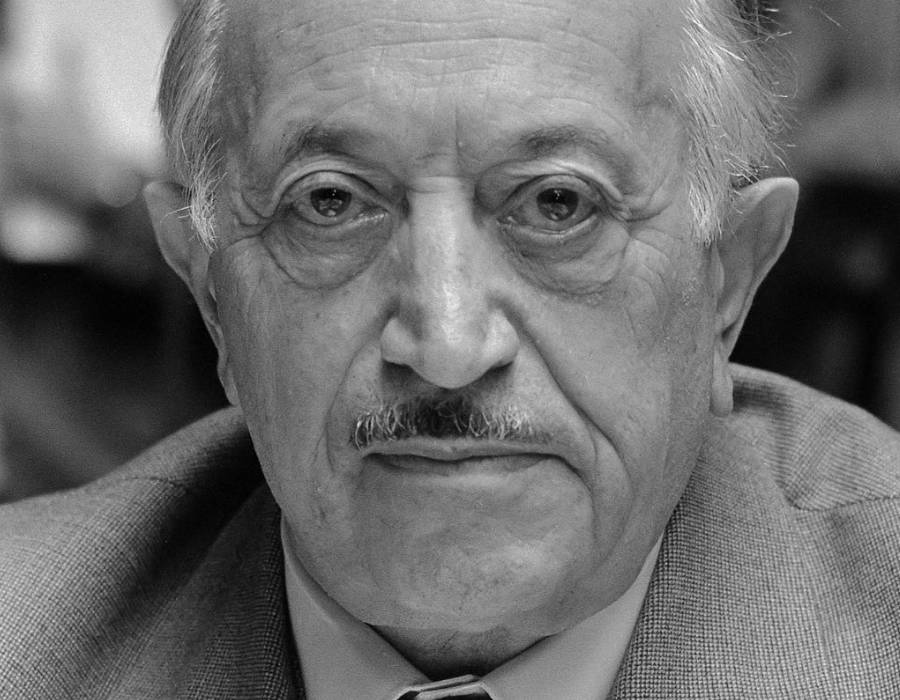
Wikimedia CommonsSimon Wiesenthal: concenctration camp survivor, Nazi hunter.
Simon Wiesenthal’s story started like so many others: a Jewish man and his family were herded like cattle into forced labor camps and did their best to survive the war. But Simon Wiesenthal’s story would not be like any others. For one, Wiesenthal had to survive not a single but five different labor camps. He suffered through a death march. Within weeks of his final camp’s liberation, Wiesenthal created a list of Nazis who, in his opinion, had somehow fled or gotten away and volunteered to search for them himself.
Not only would he survive the Nazis, but he would spend the rest of his life hunting them.
Indeed, he has been credited for the captures of the architect of the Final Solution, Adolf Eichmann, and the officer who arrested Anne Frank.
Simon Wiesenthal’s First Deportation
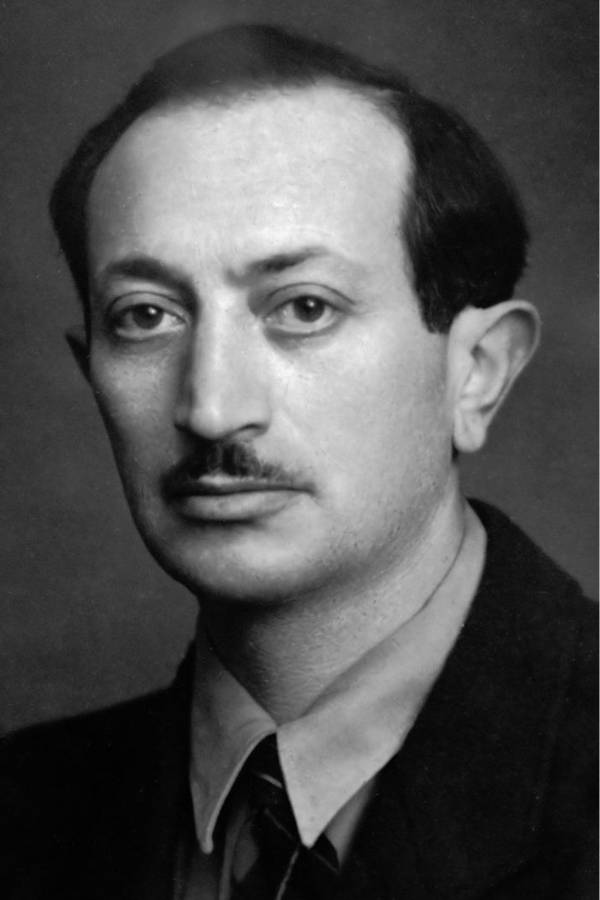
Wikimedia CommonsSimon Wiesenthal around the start of the war.
Simon Wiesenthal was born in Buczacz, Galacia, a village in what is now part of Ukraine. His father worked for a sugar company and died in World War I in 1915. Wiesenthal married his high school girlfriend, Cyla. When World War II began in Europe in 1939, Simon Wiesenthal was 31 based in what is now Ukraine working as an architect and engineer in Odessa before he moved to Lwow (now Lviv) with Cyla.
At first, it seemed that Wiesenthal and his wife might make it through the war undetected. Wiesenthal was able to bribe an official who attempted to deport him from Lwow under a clause that prevented Jewish professionals from living within 62 miles of the city. However, before long he was discovered and he and Cyla were forced to register for a labor camp.
By 1941, the city of Lwow had been turned into the Lwow Ghetto, a precursor to a concentration camp. All Jewish residents of the surrounding towns and villages were forced into the Lwow Ghetto and into labor. Hundreds of Jews were either murdered by Nazi officials or sympathizers or died from the conditions in the Lwow Ghetto over the next several years. According to Wiesenthal’s autobiography, he was almost one of them but was pardoned at the last minute by an old foreman of his and allowed to return to labor.
In late 1941, Simon Wiesenthal and Cyla were moved to the Janowska concentration camp and forced to work on railway repair crews. The two were forced to paint swastikas and other Nazi propaganda on stolen railway cars, and polish brass and nickel for reuse.
Wiesenthal was later able to procure false documents for his wife by providing information about the railway. With the documents Cyla was able to escape Janowska, living out the duration of the war in secret, working at a German radio factory.
Though Wiesenthal couldn’t escape himself, his documentation contact proved to be helpful on the inside as well. For continued information on the railway systems, he received better working conditions and a cut of the pay his contact received as bribes.
Also through his contact, he met senior inspector Adolf Kohlrautz for whom he prepared architectural drawings for the Eastern Railway. Kohlrautz would ultimately save Wiesenthal’s life moments before he was about to be executed by convincing the executioner that Wiesenthal was the only man qualified to paint a mural dedicated to Adolf Hitler.
After that close call, Wiesenthal attempted to flee while on a shopping errand for the railway workers. He was initially successful. For almost a year, he and another escaped Jewish man hid in the apartment of an old friend before they were discovered under the floorboards during a raid. After being sent briefly back to Janowksa, Wiesenthal and several other prisoners were taken to the Kraków-Płaszów concentration camp.
The war was almost over when Wiesenthal was moved to his third concentration camp, Gross-Rosen, to work in the quarries. He fell ill there after his toe had to be amputated following a rockfall and was moved with other sick prisoners to Buchenwald, and then Mauthausen. More than half the prisoners would die on this trek, and the other half would remain grievously ill.
By the time the death camp was liberated by the United States Army on May 5, 1945, Simon Wiesenthal had been living on 200 calories a day and weighed just 99 pounds.
But, he was alive.
Wiesenthal Becomes A Nazi Hunter
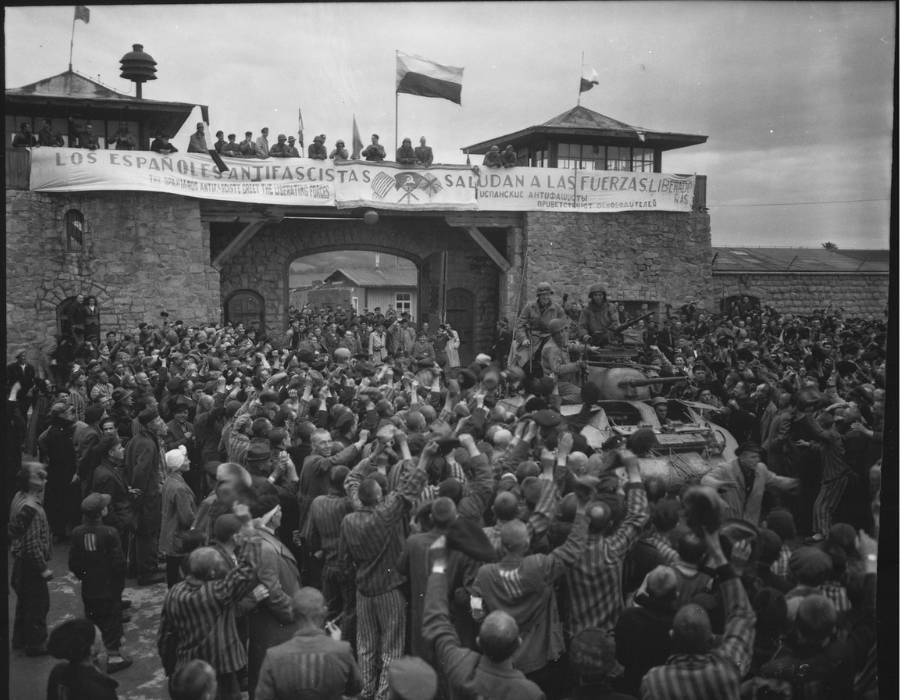
Wikimedia Commons The liberation of Mauthausen concentration camp in 1945.
Despite his malnourished state, Simon Wiesenthal jumped into action as soon as the Americans liberated Mauthausen. Three weeks after the liberation, Wiesenthal had compiled a list of 91 to 150 people that he believed to be guilty of war crimes and presented it to the War Crimes office of the American Counterintelligence Corps.
The Corps took his list into account and hired him as an interpreter. Through his job (and even though he was still quite frail) he was allowed to accompany officers during arrests of war criminals. When the Corps moved to Linz, Wiesenthal went with them and even reunited with Cyla, who had been looking for him following the end of the war.
For the next several years, Wiesenthal worked for the American Office of Strategic Services collecting information on survivors and perpetrators of the Holocaust. He worked tirelessly, helping liberated prisoners find their families and gathering information on anyone who might have had a hand in the torture he and his fellow Jews experienced.
Beginning in 1947, he founded the Jewish Documentation Center, which worked to gather intel on Nazi criminals for future war-crime trials. During the first year, he collected over 3,000 depositions from prisoners regarding their time in the camps.
Over time, however, Wiesenthal began to fear his efforts were futile. After the initial trials, the Allied forces seemed to be pulling back on bringing war criminals to justice. Wiesenthal realized that there were still many criminals who had gone unnoticed, and likely would never be held accountable for their crimes. His offices closed in 1954.
But while many of the Jewish ex-prisoners he worked with emigrated to begin new lives elsewhere, Wiesenthal took advantage of his position and began to hunt down the Nazis himself.
He led to capture of Franz Stangl, a supervisor at the Hartheim Euthanasia Center, who was subsequently sentenced to life imprisonment. In 1977, the Simon Wiesenthal Center was established in Los Angeles to campaign to remove the statute of limitations on Nazi crimes. While it does continue to hunt for suspected Nazi war criminals today, it is mainly a source for include Holocaust remembrance and education.
Simon Wiesenthal And Adolf Eichmann
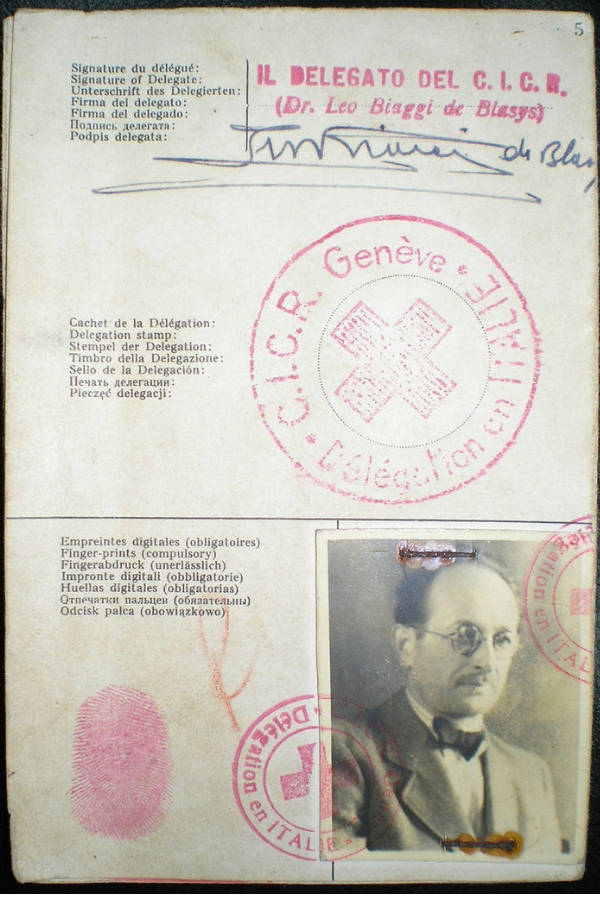
Adolf Eichmann’s illegitimate documents allowing him refuge in Buenos Aires.
Whether by coincidence or Wiesenthal’s own doing, Simon Wiesenthal found himself living just down the street from the immediate family of one Adolf Eichmann, a right-hand man of Adolf Hitler who had personally organized at least two efforts to exterminate the Jewish population.
Following the war, Eichmann himself hadn’t been seen, but Wiesenthal believed it was only a matter of time. It was known that Eichmann had forged papers and likely escaped to South America, but it was not known exactly when or where he had landed.
In 1953, Wiesenthal obtained a letter that claimed Eichmann had been seen in Buenos Aires, Argentina. He also managed to obtain a photo of Eichmann’s brother, which was instrumental in confirming Eichmann’s identity. Before long, Eichmann had been detained, arrested, and sent to Israel for trial.
In addition to Adolf Eichmann, Simon Wiesenthal also had a hand in capturing several other Nazi war criminals, such as Franz Stangl, a supervisor at the Hartheim Euthanasia Centre; Hermine Braunsteiner, a guard who served at Majdanek and Ravensbrück concentration camps; and Dr. Josef Mengele, though he had died and been buried by the time he was tracked down.
Legacy And Death
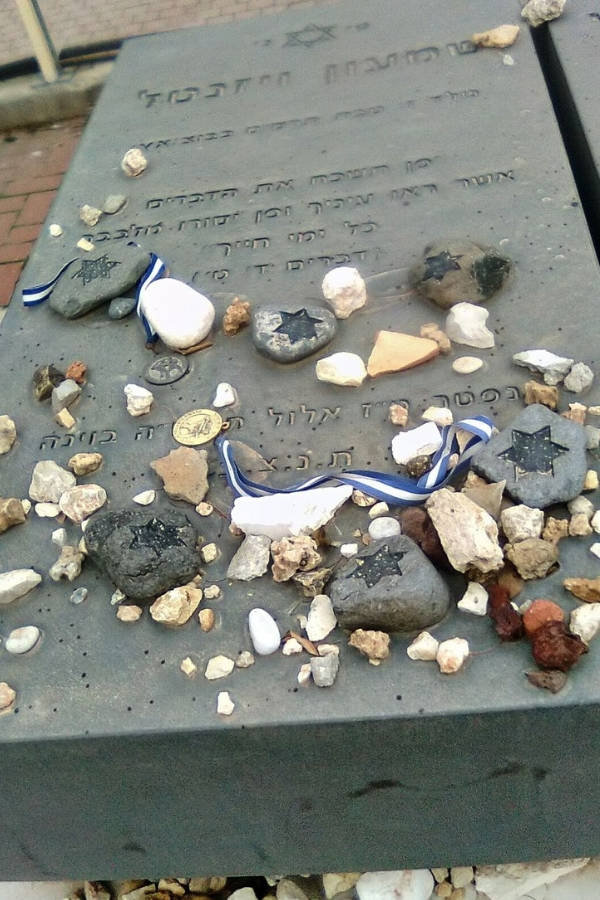
Wikimedia CommonsSimon Wiesenthal’s grave in Israel.
Following his Nazi-hunting years, Wiesenthal wrote several books that detailed his time in the camps as well as his time hunting those who had put him there. He made a habit of pointing out the Nazi sympathies of those who he saw get appointed to power over time, including Bruno Kreisky (guilty by association, as cabinet members of his had Nazi ties) and Kurt Waldheim.
While many of his tomes and novels were accounts of his time in concentration camps, a few of his works presented rather outlandish theories, such as his theory that Christopher Columbus was actually a Jew, seeking a place for his people to escape persecution. As such, his work was often met with controversy.
He was nonetheless, in 1985, nominated for a Nobel Peace Prize for his efforts in restoring peace to the former Nazi regime, though he did little to promote himself.
Finally, in 2003 following the death of his wife Cyla, Wiesenthal retired and sought a quiet life.
“I have survived them all,” he said of the Nazis. “If there were any left, they’d be too old and weak to stand trial today. My work is done.” Two years later, Simon Wiesenthal died and was buried in Israel.
Thus concludes the life of Simon Wiesenthal, a man who survived not one, not two, but five concentration camps, and went on to track down every last Nazi he could and bring justice to those who had been hurt by the horrors of the Holocaust.
Next, read about the guards from Dachau who got their comeuppance. Then, read about Ravensbruck, the only all-female concentration camp.






